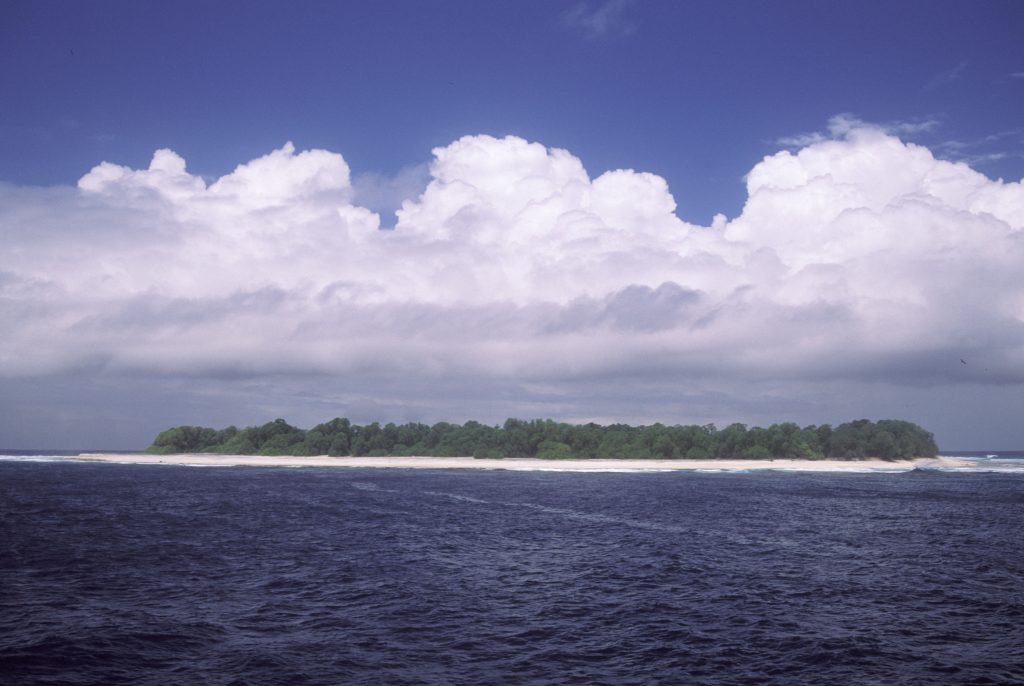Google Maps Image Sparks Conspiracy Theories—But the Truth Is Simple
Others are reading now
A satellite image showing a dark triangular shape in the middle of the Pacific Ocean recently sparked curiosity online.
Some believed it was a hidden military base. Others thought it was an underwater trench concealing lost treasures.
The mystery spread quickly, with many questioning what could cause such a strange, dark patch in the ocean.
The answer turned out to be much simpler. It was Vostok Island, a small, uninhabited piece of land covered in an extremely dense forest, according to WP.
Also read
Vostok Island is part of the Line Islands, located in the Pacific Ocean about 6,000 kilometers east of Australia.
It belongs to the Republic of Kiribati and spans only 0.3 square kilometers. The island is a coral atoll with a triangular shape, surrounded by a coastal reef.
From space, it appears almost entirely black because of the thick canopy of pisonia trees that cover it.
When the satellite image appeared online, many internet users questioned why the island looked so dark.
Some speculated it was intentionally blurred. Others suggested that it was an unusually deep hole in the ocean.
The reality is much less dramatic. The trees grow so close together that almost no sunlight reaches the ground. This makes the island look like a solid black mass from above.
Pisonia trees are rare and grow in dense clusters. They dominate Vostok Island’s landscape, making it nearly impossible for other plants to thrive.
These trees also play a strange role in the island’s ecosystem. Their sticky seed pods often trap seabirds.
Once stuck, the birds struggle to free themselves and sometimes die under the trees. Over time, this has led to piles of bones scattered across the forest floor.
Despite its eerie appearance, Vostok Island has never been permanently inhabited. The Russians discovered it in 1820, but the lack of fresh water made settlement impossible.
Today, it remains untouched by humans, serving as a refuge for birds and marine life. What once seemed like a deep, mysterious void in the ocean is simply an island hidden under a thick green roof of trees.


